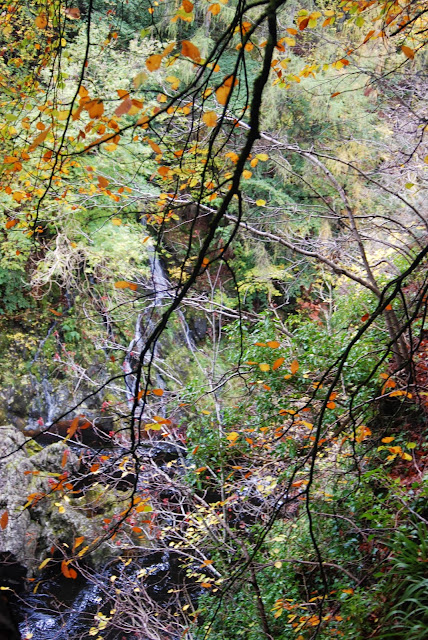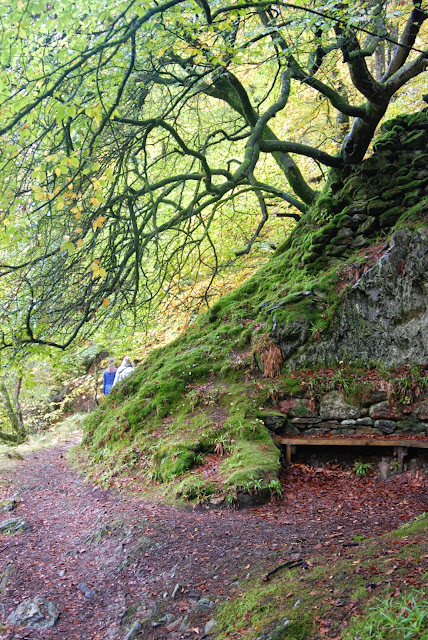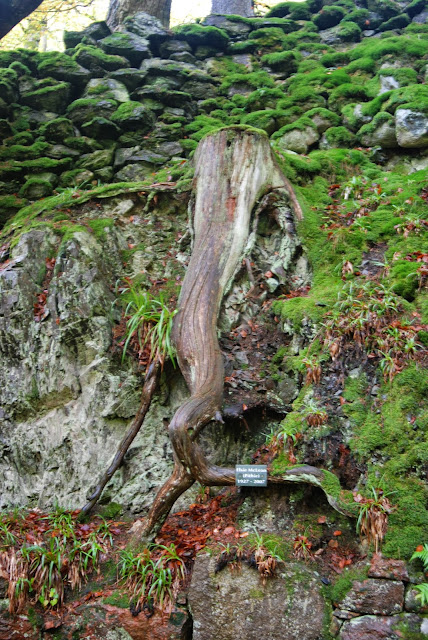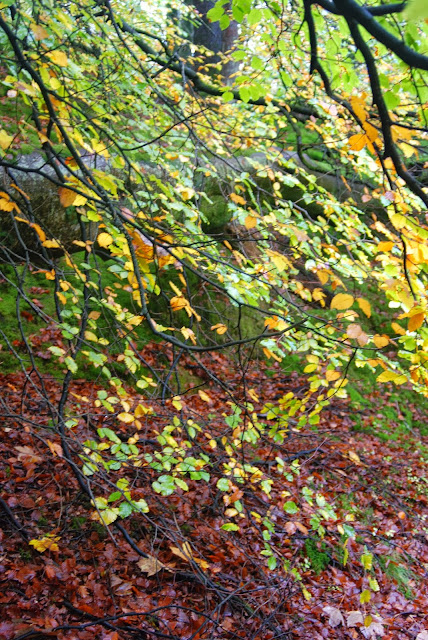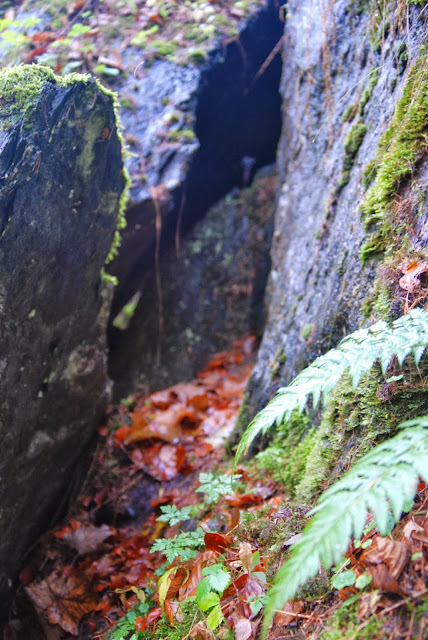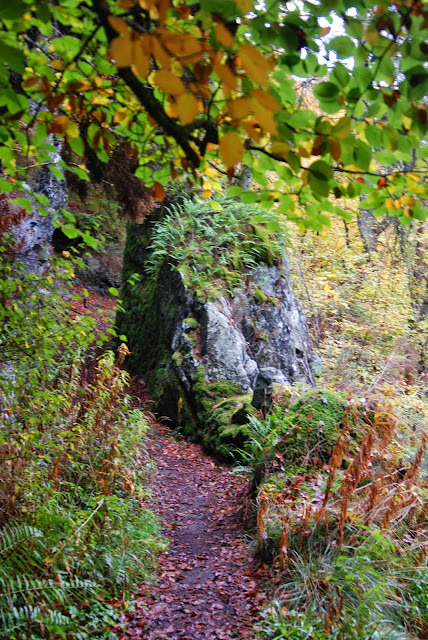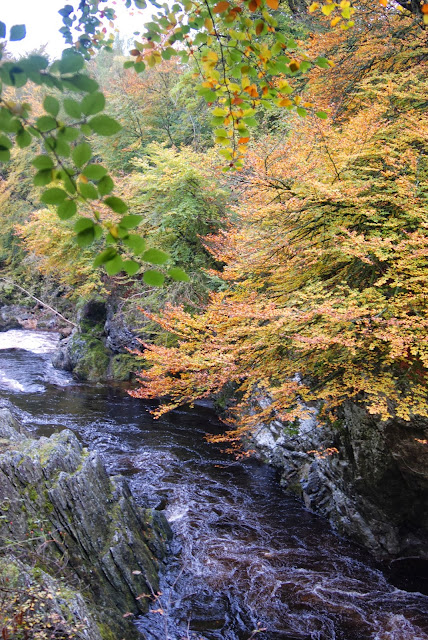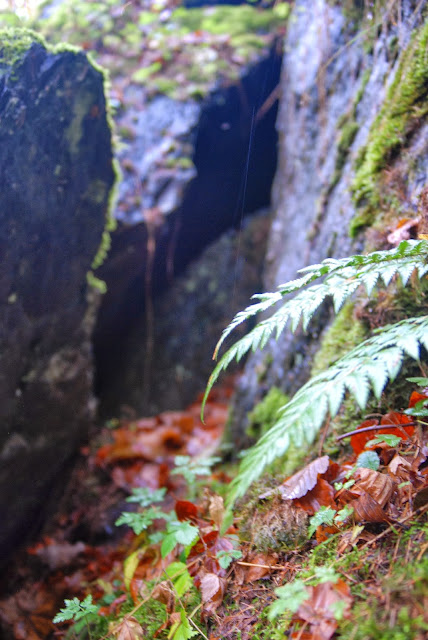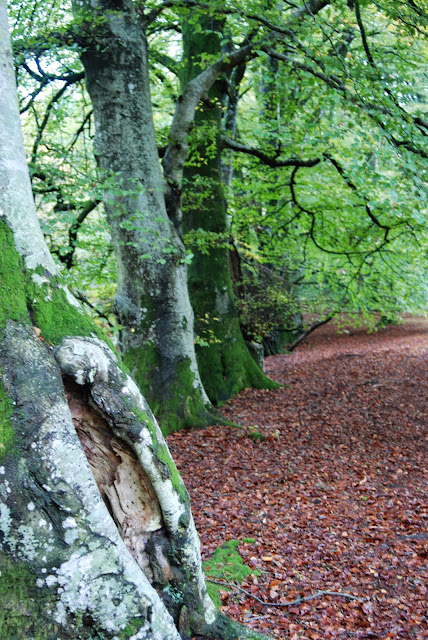So last night I went on a Haunted Graveyard tour with Melissa (from Toronto) and Alix (from Belgium). The company is called City of the Dead (you may have noticed that I shamelessly stole my title from them). Their byline is "Not just a tour. A PHENOMENON" which is rather fantastic.
From the website:
"The Graveyard tour combines the weirdest history with the wildest stories and wickedest humour around. Best of all, City of the Dead has access to Edinburgh's Covenanters Prison and the Black Mausoleum - lair of the world famous MacKenzie Poltergeist. An encounter with the poltergeist is the highlight of the tour, with hundreds of people claiming to have been attacked by the entity. The MacKenzie Poltergeist is now regarded as the best documented supernatural case of all time and the tour has become equally famous. WARNING: The MacKenzie Poltergeist can cause genuine physical and mental distress. You join the tour at your own risk."
We met at St. Giles Cathedral, which you might know from previous photos...
...at seven, so it was already dark out when we arrived. We then walked over to the Greyfriars Graveyard, where we went into the Covenanters Prison and the Black Mausoleum. It was a rather cold and wet night, which quite set the mood.
All of the stories were set about 300-400 years ago.
The stories started with a charming one of Edinburgh's history of torture and extremely poor sewage disposal. After the defeat of the Scottish by the English under the command of one of the King James', the Scots beat a hasty retreat to Edinburgh, where they proceeded to spend the next 47 years building a really big wall around the city. 50 years later, the English finally arrived, and walked through the front door, handily left unlocked by a drunken gatekeeper. The only remaining part of the wall is located within the graveyard, so we got to see that. Which was super cool.
So while Edinburgh was kind of boxed in by this wall for 50 years, the city was forced to grow up as it could no longer grow out. It had the first kind of skyscraper, reaching a quite amazing 14 stories in some spots. The first floors were brick and stone, while the tops were wood, and the streets were incredibly narrow, so at night the buildings would actually sag enough that they would touch. And if one of them collapsed or caught fire, it quickly created a domino effect. There was also no sewage disposal in the city of the time, resulting in buckets of waste being thrown out into the street every night (with a shouted warning, which unfortunate tourists responded to by immediately looking back up). However, there was no drainage, so the filth was so thick on the streets they had to sometimes dig out their doorways to get to work in the morning. You had to slog through waste and rats to get anywhere.
So the residents of Edinburgh decided to distract themselves with some torture. Of course the witch hunts were all the rage in Europe. The particular torture our tour guide outlined for us… you might want to skip ahead to the next paragraph if you're squeamish. The accused witch would be tied down onto a table, where a red hot metal cage would be placed over their chest. If that wasn't enough, a starved rat would be then placed in the cage, and hot coals raked over the cage until the rat, desperate to escape the heat, would begin to eat down. If the "witch" was lucky, the rat would hit their heart and they would die quickly. If not, the rat would go through or, alternatively, choke in the person's chest and rot in there for how ever long it took the poor person to die. If that wasn't enough, for fun, the torturers would also take people (usually women) and for some casual entertainment torture, knock multiple holes in their skull, and then thread maggots into the holes, before bandaging them up, and then sit back and watch the effects on the women (from hysterical laughter to muscle spasms) until they got close to death, when they bashed their face in with glass bottles. It was considered an honour to get the woman to last the longest before they died.
We then walked into the graveyard. There are 400-some gravestones left in the graveyard, however, there are an estimated 200-400,000 bodies buried there.
Grave robbing became a very big thing in Edinburgh when advances in medicine and other academics resulted in a higher demand for medical cadavers. With only one cadaver allocated to the university per year, a very profitable market in grave robbing grew - the robbers would make a week's wages for a single night of work, but it was considered the most dishonourable way to make money. They would pick the freshest graves both because they were the freshest bodies but also because they were the easiest to dig and the freshly disturbed dirt hid their activities. They would dig a small circular hole, then hook the body by the nostrils and pull them out of the grave. Wealthy persons would pay to have metal cages placed over their graves to deter robbers.
One day, a pair of robbers dug up a woman who happened to be wearing a quite valuable ring. When all other methods failed, they attempted to bite the ring off her finger - at which point the woman sat up and gave a blood curdling shriek.
Because of fear of the various forms of the plague, a death certificate was not always necessary, and quick burials were common, resulting in people being buried alive (the woman above went on to outlive her husband, remarry, and have several more children). As a result, people would pay to have a bell installed by their tombstone, with a string going down to their coffin so that if they woke up in a grave, they could ring the bell and be rescued.
Understandably, no one was really keen on answering a bell ringing in a graveyard, and no one was ever rescued by this method.
As Lord Advocate for Charles II, George Mackenzie was the minister responsible for the persecuting policy against the Scottish Presbyterian Covenanters. After the Covenanters' defeat at the Battle of Bothwell Bridge in 1679, Mackenzie imprisoned 1,200 Covenanters in a field next to Greyfriars Kirkyard. While some were executed, the majority were left to suffer for five months, given the bare minimum to be kept alive, serving as an ongoing message against treason, earning him the nickname "Bloodly Mackenzie". After his grave was disturbed by a hapless homeless man (who had the unfortunate luck of falling, in the dark, through a rotten floor in the tomb into one of nine illegal plague pits in the city - a living soup of hundreds of rotting bodies) reports of poltergeist activity began to emerge. It is apparently one of the best recorded hauntings in the world, with people reporting bruises, scars, burns, convulsions, being thrown into walls… it was eventually locked until the tour bought the key from the council.
We then entered the Black Mausoleum, where we were regaled with more stories of the Mackenzie poltergeist before having the shit scared out of us by a man dressed in black, which was a good laugh.
Before leaving we found up from the tour guide where the Tom Riddle grave was (the guide laughed and said he could tell we were going to ask that) but decided to come back to it during the day.
Afterwards we went to warm up with a cuppa at the Elephant Room, which as I mentioned before, is the most famous cafe attached to JK's writing career.
 |
| Yum! |
 |
| Me, Melissa, and Alix. |






































































